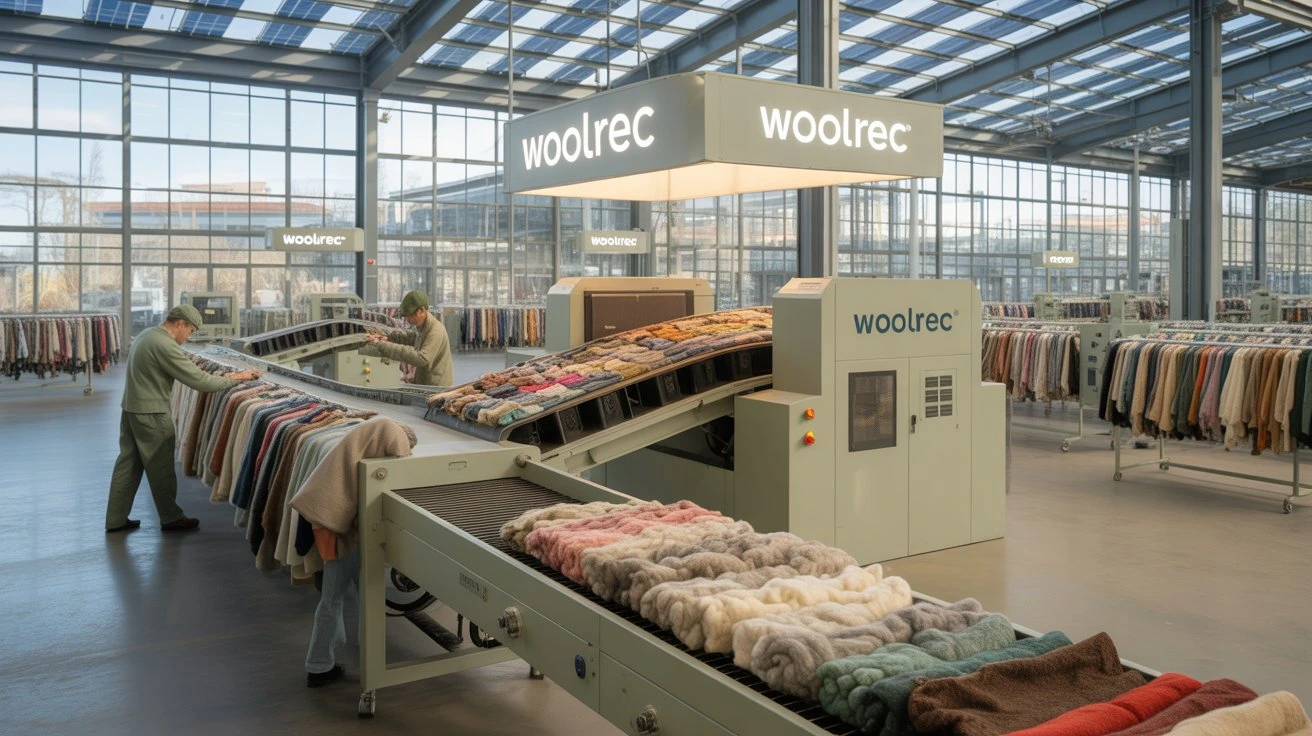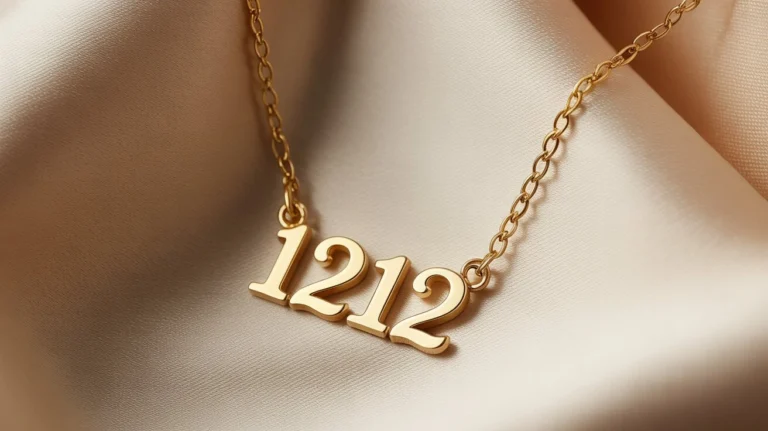Woolrec: The Sustainable Revolution Transforming Wool Recycling
When it comes to sustainability in the textile world, few topics have drawn as much attention lately as Woolrec recycling. The idea behind this movement is both simple and revolutionary — turning old wool into new possibilities. Whether you’re a manufacturer, designer, or conscious consumer, understanding how recycled wool systems work can help you see how wool waste can become a valuable resource again. It’s a story about innovation, environmental care, and smart industry evolution.
What Is Woolrec
Woolrec refers to the concept, process, or system dedicated to the recycling and recovery of wool fibers. In simpler words, it’s a modern approach that gives old, discarded, or excess wool a new life. Rather than sending used wool garments or textile scraps to landfills, this approach focuses on reprocessing these materials to create fresh, high-quality wool products again.
At its core, it isn’t just about recycling—it’s about building a circular economy for wool. That means the material stays in use longer, waste is reduced, and natural resources are preserved. This process involves every step from collection and sorting to cleaning, regenerating fibers, spinning new yarn, and finally producing sustainable wool-based goods.
This model is essential in a world that’s constantly battling textile pollution and climate challenges. Wool recycling turns what was once seen as waste into a valuable raw material again, proving that sustainability and quality can go hand in hand.
Why Woolrec Matters
The significance of this recycling concept extends far beyond the textile industry. It sits at the crossroads of environmental responsibility, economic innovation, and consumer awareness.
From an environmental point of view, it drastically reduces landfill waste. Wool, though natural, doesn’t decompose easily when blended with synthetic fibers or coated in dyes. Recycling wool helps avoid unnecessary pollution and conserves resources like water and energy that are otherwise consumed in producing virgin wool.
Economically, this system represents a smart solution for companies seeking to reduce material costs and appeal to eco-conscious markets. By reusing existing fibers, manufacturers save on production costs and raw material sourcing while creating new product lines focused on sustainability.
For consumers, the recycling of wool stands for trust, transparency, and responsibility. Brands that practice wool recovery openly communicate their commitment to sustainability, which resonates strongly with modern buyers who care about where their products come from and how they’re made.
How Woolrec Works: Step-by-Step Process
The Woolrec system follows a detailed and efficient cycle designed to recover and renew wool fibers without compromising quality. Here’s how the process typically unfolds:
Collection of Wool Waste
The journey begins by gathering wool waste from various sources—discarded garments, manufacturing offcuts, or post-consumer returns. This collection may be done through donation drives, factory take-backs, or partnerships with fashion retailers. A strong collection network is the backbone of any successful recycling program.
Sorting and Grading
Once collected, the wool is sorted by color, type, and purity. Blended or contaminated fibers are separated, while high-quality pure wool is prepared for recycling. Skilled technicians or automated systems often handle this stage, ensuring that the fibers meet quality standards before processing.
Cleaning and Decontamination
Before wool can be reused, it must be cleaned thoroughly. This involves removing dirt, grease, and other impurities through eco-friendly washing and scouring techniques. Unlike traditional harsh methods, modern systems emphasize sustainability by minimizing water use and avoiding harmful chemicals.
Fiber Regeneration
This step is where old wool becomes new again. The fibers are carefully shredded and carded to restore them into a spinnable form. Some advanced setups use mild chemical or enzymatic processes to rejuvenate wool fibers at a molecular level. The result is regenerated wool that retains much of the warmth, softness, and resilience of virgin wool.
Spinning and Yarn Formation
Once the fibers are regenerated, they are spun into yarn. Manufacturers may blend recycled wool with a small percentage of virgin fibers to strengthen the final product. This yarn can then be used to create various woolen goods—from high-fashion garments to industrial insulation materials.
Product Creation and Distribution
Finally, the recycled wool is turned into new products. The finished items are often marketed under sustainable lines, highlighting their reduced environmental footprint. From cozy sweaters to interior furnishings, the applications are endless.
The Benefits of Woolrec
This wool recovery system offers a remarkable set of benefits that make it an essential part of the sustainable textile movement.
Environmentally, it drastically cuts down waste and lowers greenhouse gas emissions. Every kilogram of recycled wool means fewer resources consumed and less pollution generated. By reusing fibers, it also reduces dependency on virgin wool production, which requires extensive land and water use.
Economically, this practice can be a cost-efficient option for businesses. It transforms what would be waste into a usable asset, saving production expenses and reducing the risks linked with fluctuating raw wool prices.
Socially, it contributes to the creation of green jobs in collection, sorting, and processing facilities. It also boosts brand image and consumer loyalty by promoting sustainable practices.
Challenges in Woolrec
Despite its many advantages, Woolrec isn’t without challenges. The recycling process can be complex, requiring specialized technology and infrastructure that may not be widely available.
Quality degradation is another concern—wool fibers can become shorter and weaker after repeated recycling. To counter this, blending recycled wool with new fibers is often necessary.
Contamination also poses a problem. Wool blended with synthetics or treated with certain finishes can complicate the recycling process. Ensuring consistent input quality remains one of the biggest hurdles.
Economic feasibility is another issue. Setting up efficient systems demands investment in machinery, logistics, and labor. Without large-scale adoption or government incentives, smaller manufacturers might find it difficult to afford the transition.
Lastly, consumer perception plays a role. Some buyers still associate recycled materials with lower quality. Educating the public about the durability and luxury of recycled wool is key to overcoming this misconception.
Real-World Applications of Woolrec
The applications go well beyond fashion. Many industries have started integrating recycled wool into their designs and production lines.
In fashion, several brands are using regenerated wool for coats, scarves, and sweaters, maintaining style while reducing environmental impact. In the automotive industry, recovered wool fibers are utilized in seat covers and soundproofing materials because of wool’s natural insulation and flame-resistant qualities.
Interior designers are also embracing wool recycling in upholstery, rugs, and acoustic wall panels. The result is a fusion of sustainability and aesthetics, creating spaces that are both comfortable and eco-friendly.
Even in public initiatives, local communities are promoting textile recycling programs based on similar principles—collecting used wool clothing and repurposing it into new materials for social enterprises.
Woolrec and the Future of Sustainable Textiles
The future of this system looks promising. As more industries pivot toward circular economies, wool recycling stands out as a viable and responsible practice. Technological advances are making it easier to regenerate fibers with minimal quality loss, while consumers increasingly demand transparent and ethical production methods.
Recycled wool is poised to play a major role in shaping the textile industry’s sustainability narrative. By reducing dependence on virgin materials, it aligns with global environmental goals and helps brands meet their sustainability targets without sacrificing performance or beauty.
FAQs
What does Woolrec mean?
It refers to wool recycling—the process of collecting, cleaning, and regenerating wool fibers from waste materials to create new products sustainably.
Can recycled wool match virgin wool in quality?
Yes, when processed correctly, recycled wool can be nearly identical to virgin wool in texture, warmth, and durability. Some products even blend both to enhance performance.
Is Woolrec an environmentally safe process?
When managed properly, yes. Wool recovery saves energy, reduces waste, and limits pollution compared to producing new wool, making it a sustainable alternative.
Why is Woolrec important for the textile industry?
It promotes circular economy practices, lowers production costs, and meets growing consumer demand for eco-friendly fashion and home goods.
Does Woolrec require special technology?
Yes, modern recycling facilities use advanced cleaning, sorting, and fiber-regeneration technologies to ensure high-quality results.
How can consumers support Woolrec?
Consumers can support this practice by choosing brands that use recycled wool, donating old garments, and encouraging sustainable production.
Conclusion
Woolrec represents a crucial step toward a cleaner, more circular textile industry. By turning discarded wool into valuable resources, it addresses key environmental issues while opening new economic and creative opportunities.
For businesses, embracing wool recycling isn’t just a choice—it’s a responsibility that aligns with modern sustainability values. For consumers, supporting recycled wool products is a simple yet powerful way to contribute to a greener planet.
The future of wool doesn’t have to end when a sweater wears out—it can begin again through smart recovery. The path forward is clear: recycle more, waste less, and weave sustainability into every thread.






